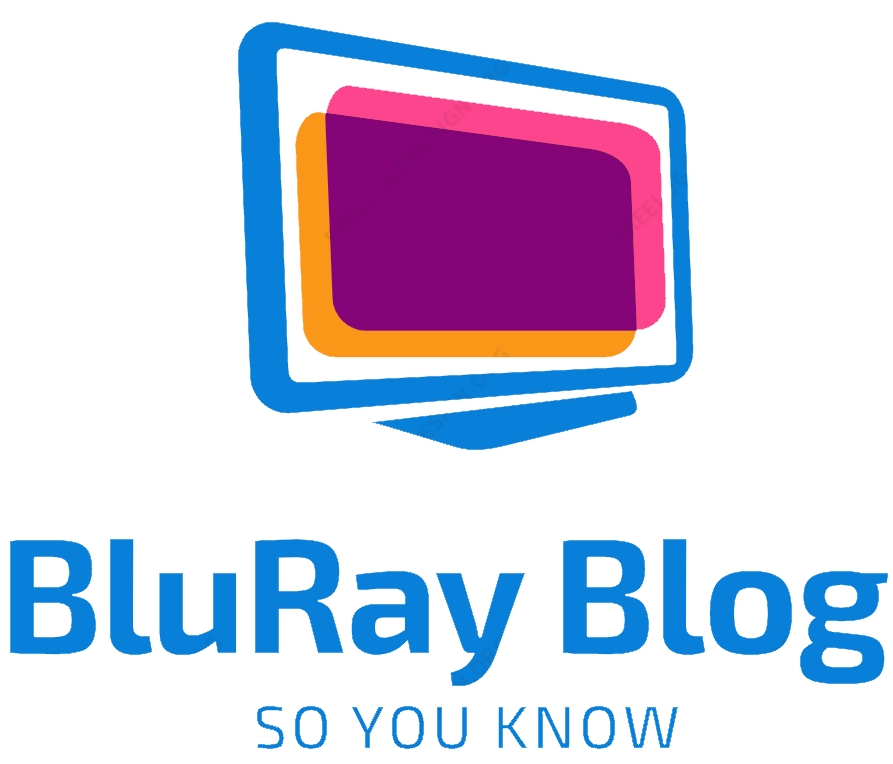As a business, you must comply with regulations. These regulations are designed to protect consumers and ensure that businesses don’t cause harm.
A strong compliance management system will help your company meet these requirements. However, you need to ensure your system is effective from the start.
Policy and Procedure Management
Policy and procedure management is an important element of a compliance management system. This is because policies and procedures govern all major decisions and actions of a company or department.
Businesses must ensure all important policy and procedure documents are maintained, accessible, and protected. This requires a secure and automated process that allows only authorized people to access and edit these documents.
This also provides a way to track all policy and procedure changes.
This helps the business manage thousands of documents and ensure they are all up-to-date and compliant with current regulations. This is especially important in heavily regulated industries.
Documentation
Documentation is a critical component of an effective compliance management system, ensuring all policies, procedures, and regulations are available to all employees. This lets them know how to comply with regulations and ensures they don’t make a mistake that risks your business.
Besides documentation, other important compliance management system requirements include monitoring and reporting. These functions identify deficiencies and correct them as soon as possible.
In addition to monitoring and reporting, compliance programs should also involve an internal audit. This allows the company to catch errors before they become significant and can lead to legal penalties or financial strains.
Monitoring
In regulatory compliance, monitoring is one of the most important aspects of maintaining your business’ compliance. Monitoring enables you to identify and correct issues that could lead to non-compliance before they become an issue for your company.
The key is to make it a regular part of your organization’s routine so that you can keep your operations running smoothly. Your monitoring strategy should include internal and external audits to ensure you comply with regulations and a regular system of updating your policies to keep up with changing laws.
Your monitoring strategy should also include monitoring and recording activities that don’t meet their intended results. This will help you determine if there are problems with your process and if the solution requires changes to the process itself.
Monitoring is an essential component of any effective program or project. It provides management with a comprehensive view of the project’s progress toward achieving its goals, outputs, and outcomes. It also enhances accountability by providing timely feedback to the implementation process.
Training
Compliance training is a crucial part of any effective compliance management system. It helps to ensure that everyone knows the rules and regulations of their industry and the policies that govern their day-to-day work.
In-depth training specific to the job can help employees feel more confident in their skills and abilities. It can also make them more engaged in the company and improve productivity.
Employees often view regulatory training as a challenging task. Typically, they do not want to sit in a conference room for hours listening to a presentation.
However, good training teaches employees to use ethical standards and how to navigate difficult situations that can arise in the workplace. This can give them the confidence to do their jobs and meet expectations as they move up.
Diversity training, for instance, can help reduce workplace discrimination. It can also make employees more aware of respecting one another and create a more welcoming environment.
Reporting
Reporting is an essential part of any effective compliance management system. It allows companies to assess their compliance efforts and identify opportunities for improvement. It also provides more transparency into the compliance culture.
In the corporate world, regulations are constantly evolving, and companies need to be able to keep up with them. This can be difficult and time-consuming.
The most efficient way to track and report on compliance efforts is through an integrated, comprehensive compliance management system (CMS). This platform will help companies comply with industry standards while addressing policies, procedures, controls, training, and consumer complaint responses.
A CMS should integrate all compliance program components, including policies and procedures, risk assessments, testing, attestations, and vendor due diligence. It should include robust dashboards and reporting to allow management to monitor the compliance program anytime.
Enforcement
Compliance management systems are essential for organizational resilience and can minimize consumer dissatisfaction. They integrate a company’s written documents, functions, audits, and controls to ensure it is complying with all relevant laws and regulations.
A business can face fines and repayments, bad publicity, operational restrictions, corporate probation, and increased regulatory scrutiny if enforcement does not occur. In addition, non-compliant organizations can be branded as untrustworthy and may even end up in jail.
The key to an effective compliance management system is to get everyone in your company on the same page concerning compliance expectations and how to act. This starts with a robust training program and a two-way communication process at all levels of the organization.
It’s also important to ensure your employees understand the laws you’re trying to comply with – an airtight compliance program is only useful if your staff knows how to implement it. Fortunately, many resources can help you achieve this.



